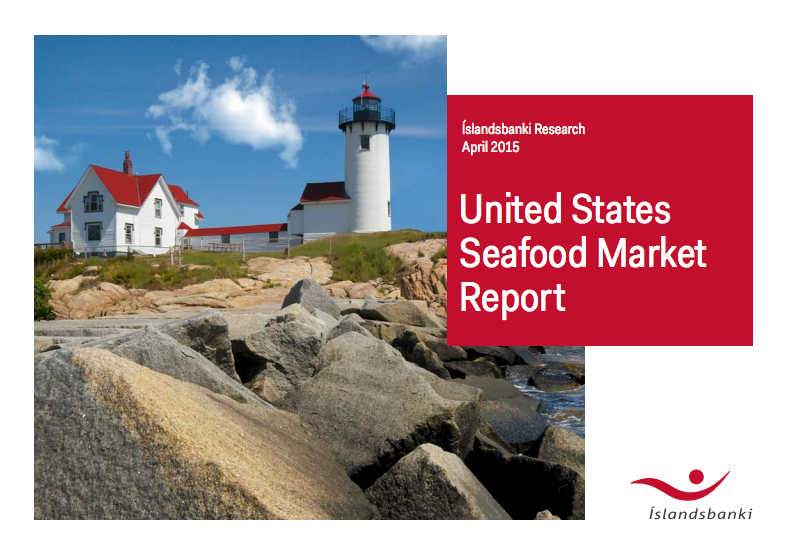Íslandsbanki, an international leader in seafood financing, recently released its United States Seafood Market Report at Seafood Expo Global. The report finds that the U.S. is the fourth largest fishing country in the world and one of the most important markets for seafood. Íslandsbanki also provides insights into key trends and issues shaping the industry in the major seafood regions of the United States: the Atlantic Coast, Gulf of Mexico and Pacific Coast. Additional highlights include:
U.S. Atlantic Coast
The total volume of fish harvested off the U.S. Atlantic coast has averaged approximately 738,541 tons (670,000 MT) during the past five years. Total landings were relatively stable at approximately 760,587 tons (690,000 MT) from 2010-2012. However, volume fell by 15% from to 654,766 tons (594,800 MT) in 2013 due to a reduction in the menhaden TAC.
Despite relatively stable volumes, the total value of the U.S. Atlantic harvest rose by 37% from approximately $1.4 billion in 2009 to $1.9 billion in 2012 due to rising scallop prices and an increase in the lobster catch. Total value fell by 6.0% in 2013 due to a decline in scallop landings.
The most valuable species are scallops and lobster, which together account for more than half of the total value of the U.S. Atlantic fishery. The U.S. Atlantic sea scallop fishery is the most valuable wild caught scallop fishery in the world.
U.S. Pacific Coast
The Pacific region is the largest fishing area in the U.S. and one of the largest in the world. The total volume of fish harvested off the U.S. Pacific coast averaged over 3,086,440 tons (2.8 million MT) during the past five years. Total volume has generally been increasing during this period, primarily due to an increase in the pollock TAC.
Total landings rose by 42%, from 2,535,290 tons (2.3 million MT) in 2009, to 3,527,360 tons (3.2 million MT) in 2013 as the pollock TAC recovered from historic lows in 2009-2010.
The total value of fish harvested off the U.S. Pacific coast has been increasing in line with the higher volumes. Total value rose by 48% from $1.9 billion in 2009 to $2.8 billion in 2013.
Click here to view the complete report, and here for more information about Íslandsbanki.


Comments
article Next
article